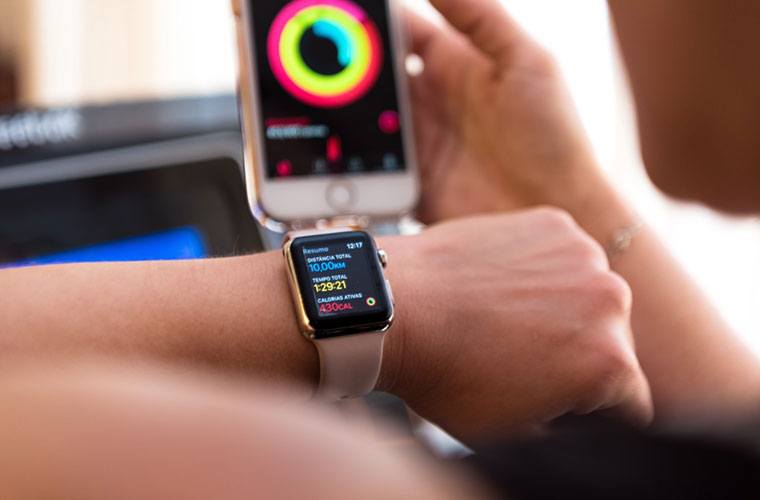The Best Way to Work Out When Following the Ketogenic Diet
When you've been trained to think of fat as "bad" for most of your life (hello, '80s and '90s "diet foods"), starting the ketogenic diet, which focuses on healthy fats, can take a little getting used to. After all, it's the very thing you've been told to "burn off" during your workouts. Does eating more of it mean you have to work out even harder? Or maybe you've heard that the fat-focused diet is directly connected to staying within the fat-burning zone. Is there any truth to that?
To set the record straight, I called up Peter Attia, MD. Not only has he been on the ketogenic diet for over a decade—way before it was trendy—but he also keeps on top of all the latest scientific studies related to the eating plan. He's even done his own personal deep dive into how exactly ketosis affects working out. Ready to find out what he has to say?
Keep reading for the workout rules you need to follow when doing the ketogenic diet.

What your body depends on for fuel
"If you have a 'normal diet,' 70–80 percent of what your body uses for fuel is going to come from glucose, which is in carbs," Dr. Attia says. "That means fat is only making up 20 percent of what you're burning." And because your fuel source is changing, he explains, how you feel during certain types of workouts will likely change, too.
"If someone is used to doing high-intensity workouts, they're going to have a harder transition than if someone is used to doing more yoga," Dr. Attia says. This is because when you work out super intensely for short periods of time—like a spin class or series of running sprints—your body is used to burning that aforementioned glucose first, such as the oatmeal you had for breakfast. Now that you're on a low-carb ketogenic diet, you don't have that glucose store to pull from for energy, and you're likely to feel more fatigued than you usually do.
Fat stays in the body longer than carbs, which is why the body can depend on it for a longer, more steady workout.
But for activities like barre, Pilates, or light jogging—where your heart rate isn't as high—your body relies on fat for energy. It makes sense: Fat stays in the body longer than carbs, which is why the body can depend on it for a longer, more steady workout.

{{post.sponsorText}}
"You can burn fat for more intense workouts, but it takes time to build up to that," Dr. Attia says, adding that it's tricky to know exactly when muscles start using fat versus glucose. His standard guideline is this: "If you're working out at a level four or below on a scale of 1–10, your body will burn fat. But if you're working out at a five to seven, or above, on a consistent basis, it's going to take time for you to feel comfortable working out at that level in ketosis because that's something most people need glucose to do."

Where the "fat burning zone" comes in
Does this mean you have to stop your weekly spinning dates to maximize your keto efforts? (Hey, if you're giving up grain bowls and pasta, you want it to be worth it, right?) Not exactly, according to Dr. Attia, but chances are good that you aren't going to have the energy to power through at the same intensity as you could when you were eating carbs—at least for a few weeks or even months. "It's a complicated biochemisty, because we don’t know exactly what the muscles are using to adapt," he says.
Workouts that keep you within the fat burning zone will have your body using what you’re eating as fuel.
In the meantime, workouts that keep you within the fat burning zone—AKA working out at a level where your heart rate is 60 to 75 the max—will have your body using what you're eating as fuel. Cardio junkies can still get their fix; just not at max effort for 45 straight minutes straight. (For example, some fitness classes, like OrangeTheory, are famously built on this model.) Other workouts that will keep you in the zone: jogging at a moderate speed, floor workout classes, and strength training.
Like with any workout and eating plan, Dr. Attia says what's most important to pay attention to is how you feel. Your body has a lot to tell you about what works and what doesn't—you just have to listen.
If you're curious how the ketogenic diet stacks up against other popular diets, this glossary can give you all the facts. Plus, the keto-anxiety effect you should know about.
Loading More Posts...